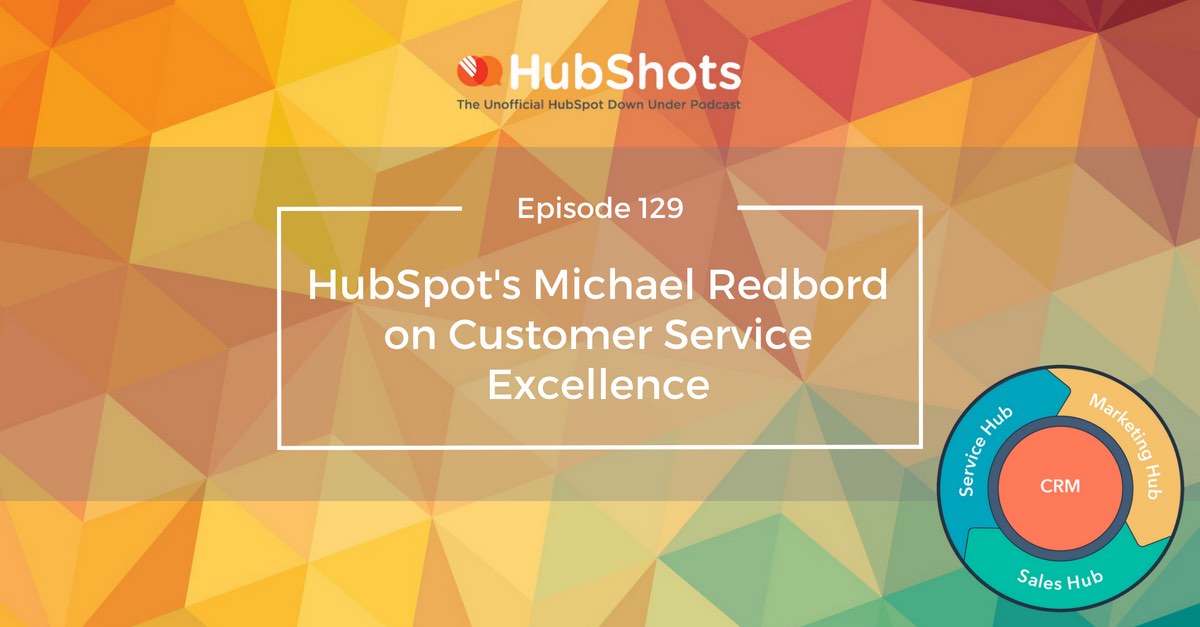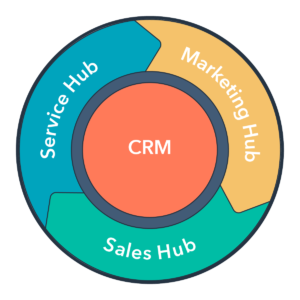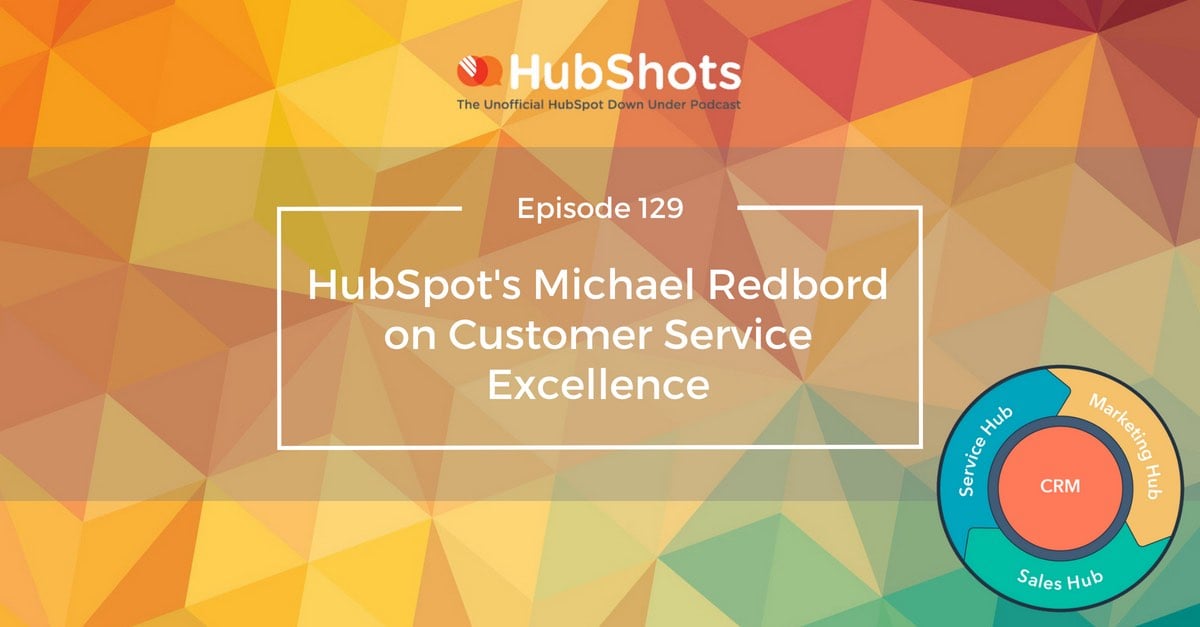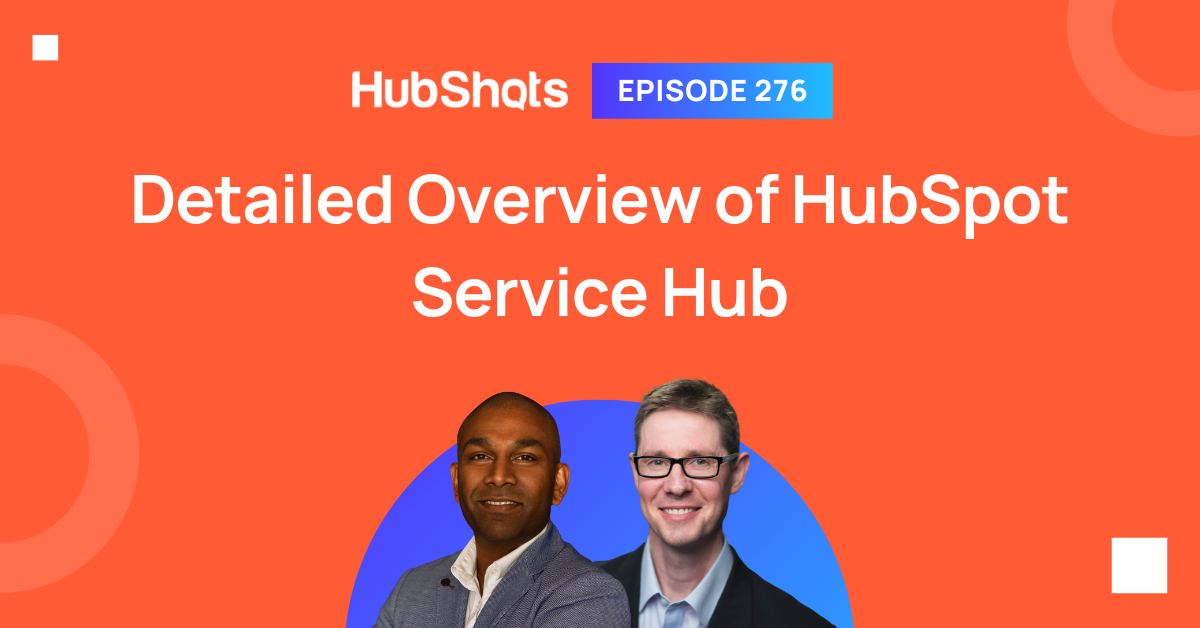HubShots Episode 99: Business growth via Customer Service focus, more Google My Business tips & a productivity tip
Welcome to Episode 99 of HubShots! Welcome to HubShots, the podcast for marketing managers who use HubSpot hosted by Ian Jacob from Search & Be Found...








